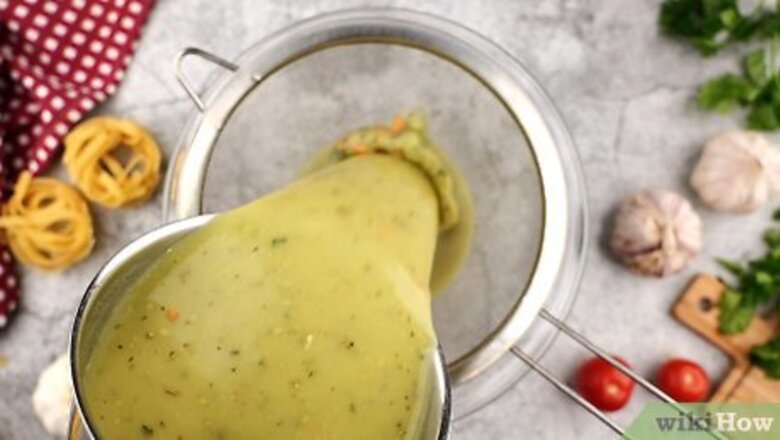
views
Strain out the extra pepper.
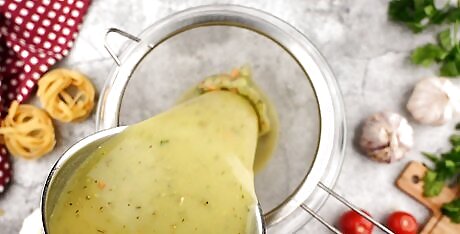
Strain soups and sauces to filter out some of the pepper. Place a cheesecloth or strainer over an empty pot or bowl. Then, filter the dish through the cloth or strainer. Taste-test the leftover, strained food and see if you’ve reduced the pepper flavor a little bit. Straining only works with liquid-based dishes. If you can't strain your dish, try scooping out as much pepper as you can.
Dilute your food.
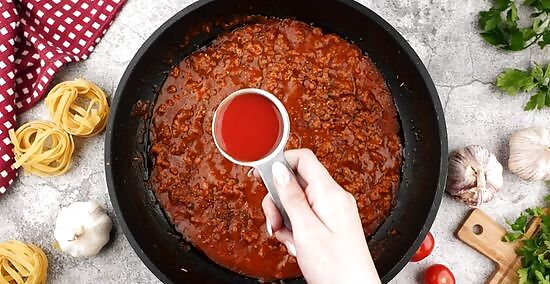
Get rid of the pepper flavor with an existing ingredient. Find the base ingredient for your recipe, like stock or tomatoes. Thin out your dish with this base ingredient. Then, give it a quick taste to see if you’ve diluted the pepper flavor. You might dilute a stew or soup with broth, or mix in a chopped-up potato. Balance out a casserole or meatloaf with some extra crumbs or noodles, or with an additional egg. You can reduce the pepper flavor in most dishes with corn starch or flour.
Mix in other seasonings.
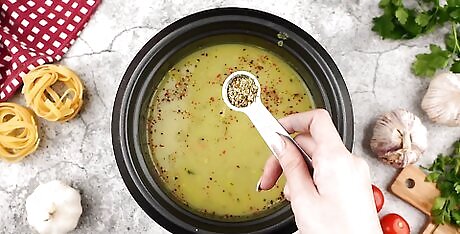
Pick out spices that complement the pepper in your dish. Peruse your spice rack and see which spices you have on hand. Spices like cumin, curry powder, oregano, basil, and tarragon can taste great when paired with pepper. Sprinkle your favorite spice into your dish, and see if it tastes any better. Curry powder, garlic, and cumin are great additions for Spanish- or Indian-inspired dishes. Basil and oregano complement pepper well in Italian-inspired recipes. Balance out peppery fish or veggie dishes with tarragon.
Throw in an absorbent vegetable to soak up spice.
Add carrots, celery, onions, or potatoes to help dilute the dish overall. Grate the carrots and chop the celery, onions, or potatoes into small pieces. With their mild flavor, these veggies work in a variety of dishes from soups to casseroles and curries for both excessive black pepper and chili peppers. In addition to having fairly neutral flavor profiles, both carrots and potatoes contain natural sugars to help offset the spice from hot chili peppers.
Add something sweet.
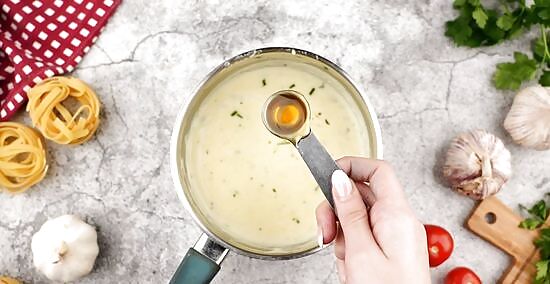
A sweet ingredient distracts away from the extra pepper. Sprinkle a pinch of sugar into your food, or mix in a spoonful of honey. Sweet ketchup is another great way to balance out your dish. Sweeten a casserole or soup with sweet veggies, like carrots and tomatoes. Slather peppery meat with a honey glaze or another sweet sauce or condiment. Sweetness also helps to offset the spice from chili peppers.
Stir in an acidic ingredient.
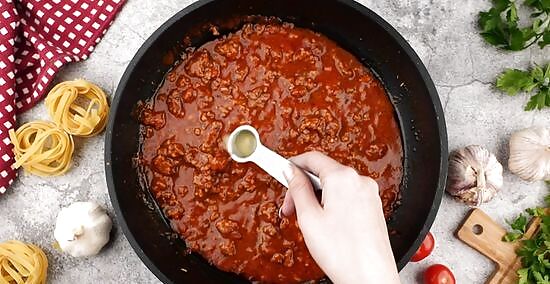
Acid helps balance out the pepper or spicy flavor. Add a spoonful of any acidic ingredient you have on hand like vinegar or ketchup. Then, sample your dish and see if it tastes a little better. Apple cider vinegar is an excellent choice for pork dishes. Balsamic vinegar and worcestershire sauce help neutralize peppery pasta sauces and soups.
Use citrus for a tried-and-true approach.
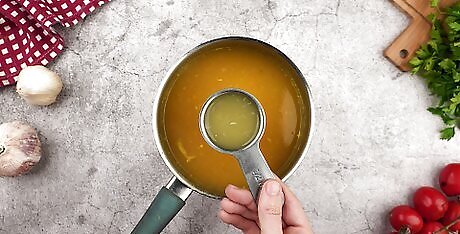
Add juice from half a lemon or lime. The acid from the fruit helps to cut down on the dish’s spice and it may reduce the flavor from black pepper, too. Plus, lemon and lime offer bright, fresh flavors to liven up a dish. Lime juice is a great option for Asian-inspired dishes, Lemon juice works well with glazes, sauces, poultry, and meat.
Adjust the flavor with dairy.
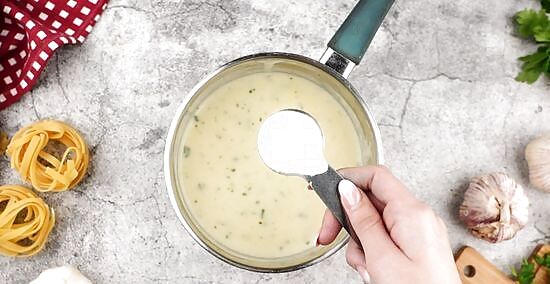
Fatty dairy ingredients help balance out spice from hot peppers. It works well because fat can dissolve capsaicin (the compound that makes hot peppers spicy). Look through your refrigerator and pantry to see what kinds of ingredients you have on hand. Sour cream, yogurt, ghee, butter and milk can all neutralize the pepper flavor, depending on the dish. Mix in a small amount of a dairy and see if you taste a difference. Cream or milk helps balance out broth-heavy dishes, as well as a variety of other recipes. Add a dollop of sour cream to your chili, or mix a bit of yogurt into your curry.
Top the dish with cheese for a quick fix.
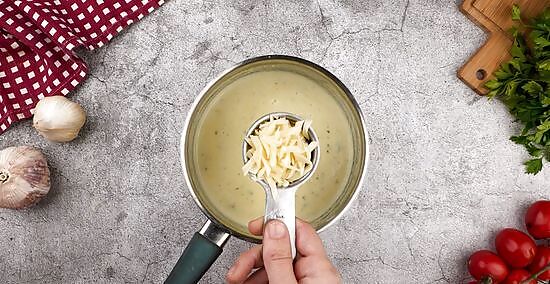
The fat in the cheese will help to offset the spice from hot peppers. This approach works especially well to “rescue” a spicy dish if you’ve already pulled your dish out of the oven or taken it off the stovetop. Grate the cheese and let it melt on top, or stir it in.
Pour in a little more oil.
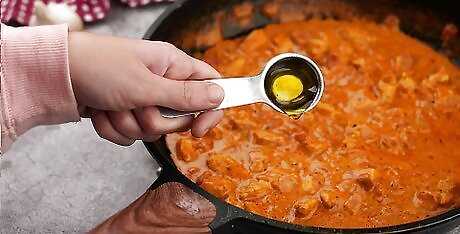
Add olive oil, grapeseed oil, or coconut oil or coconut milk for a vegan source of fat. Like other forms of fat, oil dissolves capsaicin found in hot peppers. These are great options to sneak into sauces. Start with 1 tablespoon (15g) at a time and keep checking the taste. Olive oil is a great option for pasta, lasagna, and other Italian-inspired recipes. Coconut oil/milk works well for Southeast Asian dishes.
Add nut butter to sauces.
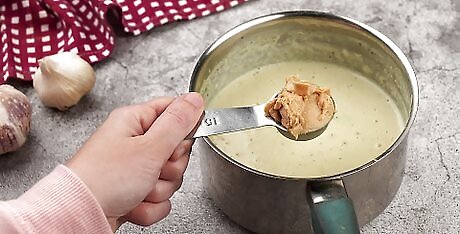
Use this approach for spicy Southeast Asian dishes like pad Thai. Nut butters work like any other fat to neutralize spice. Try adding 1 tablespoon (15g) at a time of peanut butter to your sauce or dish. Use sunflower butter or almond butter if you have them. Add tahini for Middle Eastern dishes.
Serve the dish with a starchy carb on the side.
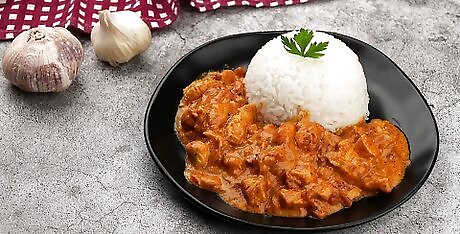
Starch is a great neutral way to balance out the spice. Serve your spicy dish alongside rice, pasta, or bread to help cut down on the hot pepper flavor. Choose this option if you don’t want to worry about adding too many new things to your dish. Eat your curry with extra rice or flatbread. Enjoy a piece of bread with olive oil or butter to get the added anti-spice effect from the fat.

















Comments
0 comment